Though it lies north of the traditional Han Chinese heartland, Beijing has been at the center of China's cultural and political life for the better part of seven centuries. The city gained its prominence in the 13th century AD when it was established by Mongol ruler Kublai Khan as capital of the Yuan Dynasty under the names Khanbaliq (Mongolian for "grand home of the Khan") and Dadu ("great capital"). It was this metropolis that impressed Marco Polo, whose tales of his time in the court of the Khan inspired generations of European explorers to seek better trade routes to the East.
The archeological record shows human settlement in the Beijing area long before Kublai Khan―as early as the 11th century BC. By the 8th century AD, the Yan Kingdom established its capital of Yanjing in the area, giving way after the Warring States Period to the Qin Dynasty, which united China in 221 BC. The Qin, whose capital was Xiangyang near today's Xian, demoted the Yan capital to a regional seat of government. For centuries after, the city, then known as Jicheng, remained a center of trade and governance and a military outpost defending China from aggressive northern tribes. In 938 AD the northern Liao Dynasty established a second capital in Beijing, which they called Nanjing (Southern Capital). The Liao built the first city walls, which were expanded by the Jurchen Jin Dynasty, who made it their capital in 1153, calling it Zhongdu (Middle Capital).
After Genghis Khan's Mongols destroyed the Jin, razing their capital, his son, Kublai, established Dadu, whose basic layout remains in present-day Beijing. From his capital Kublai ruled the largest empire the world has ever seen. However, it wasn't until Ming Dynasty ruler Yongle (1403-1425) showed up that the prominent landmarks of today's Beijing made the scene. Yongle, an ethnic Han Chinese, leveled all Yuan Dynasty buildings, determined to erase all traces of Mongol rule over China, and initiated construction of the Forbidden City and the Temple of Heaven. Yongle also gave the city a new name: Beijing (Northern Capital).
As the capital of imperial China for the next 586 years, Beijing witnessed wars, corrupt Emperors and Empresses, foreign attacks (the British and French in 1860) and rebellions (the Boxers in 1900, for one). It also presided over prosperous times and the cultivation of arts, scholarship, philosophy and religion. As the Qing (1644-1911) decayed at the end of the nineteenth century and early twentieth, ceding territory to Western colonial powers and Japan, Beijing became a center of political agitation as nationalist students demonstrated against Qing corruption and in favor of modernizing China. The city fell into turmoil after the fall of the Qing, changing hands repeatedly during 1911 and 1912.
From 1912 to 1927, Beijing, Guangzhou, and Hankou alternated as centers of government. Students and other reform-minded nationalist Chinese continued to work for a modernized China, with the May Fourth Movement emerging from 1919 protests against the transference of Germany's Chinese concessions to the Japanese in the wake of World War I. This dissent would continue, feeding into the Communist movement and, eventually, the establishment of the People's Republic of China.
The end of World War II brought the abolition of all foreign concessions in the city and the the end of the Japanese occupation that began in 1937, and Beijing was restored to Chinese sovereignty. After four more years of civil war the Communists emerged victorious, and on October 1, 1949 in Tian'anmen Square Mao Zedong proclaimed Beijing the capital of the People's Republic of China. As previous rulers had often done, Mao made a symbolic break with the previous order by reinventing the capital. Between 1965 and 1969, the old city wall was torn down. Hundreds of temples and monuments were destroyed during the Cultural Revolution (1966-1976), and old neighborhoods were leveled to broaden boulevards and enlarge Tian'anmen Square.
The upheaval of the Cultural Revolution ended with Mao's death in 1976, and in the transitional years that followed, China began opening its economy under Deng Xiaoping. Along with economic changes, many Chinese began to look for increased freedom of expression and broader political reform. Beijing students took the lead, challenging the status quo with the Democracy Wall in 1978-1979 and a decade later with the protests that culminated in the tragic 1989 Tian'anmen Square face-off between the People's Liberation Army and demonstrators. Deng's economic reforms have continued under subsequent leadership, fueling China's epic economic boom.

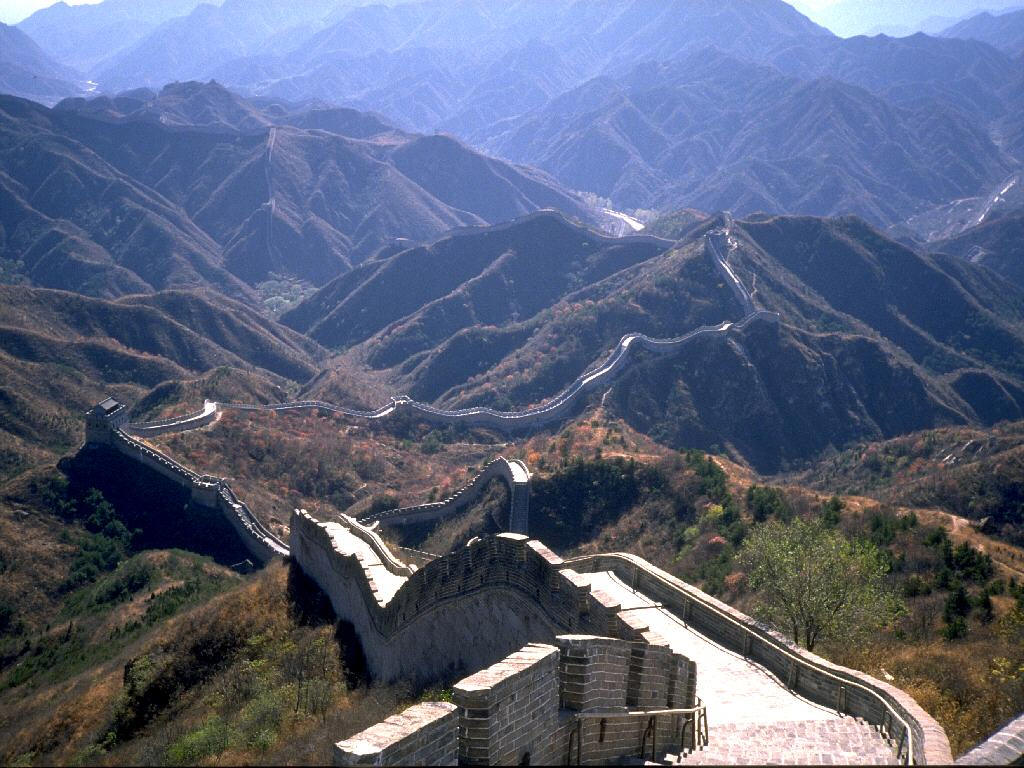








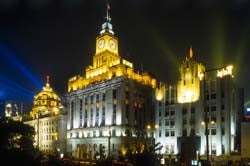
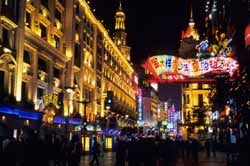
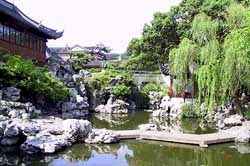
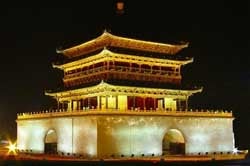
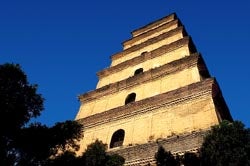
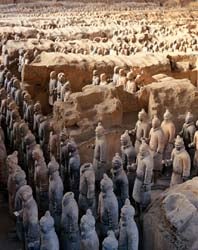
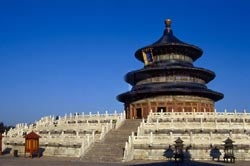
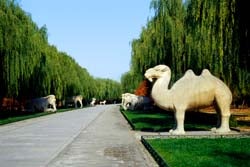
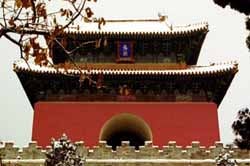
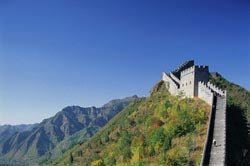
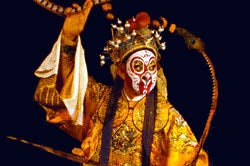
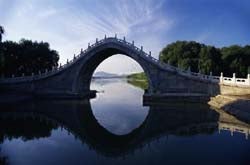
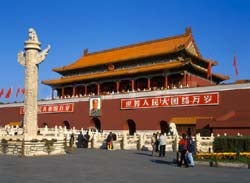
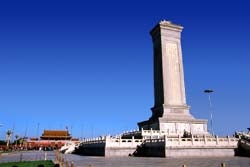

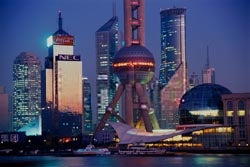








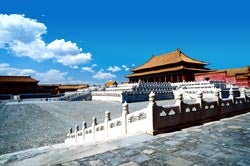

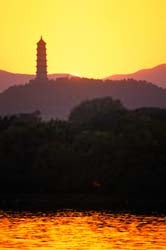
 How can one city boast so many phenomenal places? Beijing's long and illustrious history started some 500,000 years ago. It is here that the ancestors of modern Homo sapiens, Peking men, lived in caves. Records show that Beijing has been an inhabited city for more than three thousand years and has endured invasions by warlords and foreign powers, devastating fires, the rise and fall of powerful imperial dynasties and has emerged each time as a strong and vibrant city. For more than 800 years, Beijing was a capital city - from the Yuan Dynasty (1271 - 1368) to the Ming (1368 - 1644) and Qing (1644 - 1911) dynasties. Thirty-four emperors have lived and ruled the nation in Beijing and it has been an important trading city from its earliest days.
How can one city boast so many phenomenal places? Beijing's long and illustrious history started some 500,000 years ago. It is here that the ancestors of modern Homo sapiens, Peking men, lived in caves. Records show that Beijing has been an inhabited city for more than three thousand years and has endured invasions by warlords and foreign powers, devastating fires, the rise and fall of powerful imperial dynasties and has emerged each time as a strong and vibrant city. For more than 800 years, Beijing was a capital city - from the Yuan Dynasty (1271 - 1368) to the Ming (1368 - 1644) and Qing (1644 - 1911) dynasties. Thirty-four emperors have lived and ruled the nation in Beijing and it has been an important trading city from its earliest days. After a day's Beijing tours, nighttime can hold other surprises for you. These can vary from traditional performances such as the Beijing Opera, acrobatics and martial arts to modern ones including concerts, ballroom dancing, pubs and clubs. Each and every one has its individual enchantment for the tourist. No description of our capital city is complete without mention of the friendly people who throng the streets. Everywhere you will encounter smiling faces and a warm welcome, especially from the children who love to say 'Hello!' All these things add up to truly make your visit a cultural experience of a lifetime.
After a day's Beijing tours, nighttime can hold other surprises for you. These can vary from traditional performances such as the Beijing Opera, acrobatics and martial arts to modern ones including concerts, ballroom dancing, pubs and clubs. Each and every one has its individual enchantment for the tourist. No description of our capital city is complete without mention of the friendly people who throng the streets. Everywhere you will encounter smiling faces and a warm welcome, especially from the children who love to say 'Hello!' All these things add up to truly make your visit a cultural experience of a lifetime.

